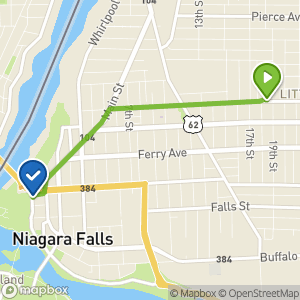T3G
Senior Member
Speaking of the bike coaches, are they on every Niagara train or is it only on weekends?
The bike coaches are the only sub-class of BiLevels I have yet to photograph.
The bike coaches are the only sub-class of BiLevels I have yet to photograph.






